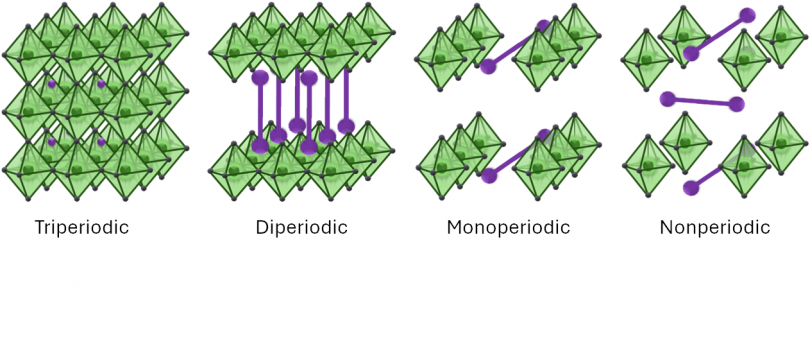 With the continuing rise in demand for energy, it is becoming increasingly necessary to invest more effort into the research and development of new materials that generate or harvest energy. One avenue of materials science is continued research into perovskites, a class of materials having a similar structure to its namesake mineral, which has seen use in piezoelectrics, photovoltaics, and sensors. An adaptation of perovskites; hybrid organic-inorganic materials/metalates, referred to here as HOIMs or just simply as halometalates, have been promising alternatives to traditional perovskites. Derived from the perovskite A2+B4+(X-2)3 formula, HOIMs following the A2+Bn+Xn+2 format where A represents the organic cation, B the metal cation, and X the halide anion are synthesized from a combination of organic and inorganic components which allows for deviations from the stricter crystal structure of the perovskites. These organic components allow for lower temperature requirements and solution processability, making them promising materials with a low barrier of entry. Because of this versatility in synthesis and structure, the corresponding tunability of their constituents provides an excellent avenue of approach for the development of novel, task-specific HOIMs the physical, optical and electronic properties of which could be carefully controlled for. While there has been and currently is research being done to elucidate the tuning of individual changes to the various cation and anion sites within halometalate materials there remains a need to combine these various approaches together into a cohesive manual for the design and fabrication of these materials for future use. The hypothesis upon which this work is structured lies in that tying together of the disparate structures which have been shown to exhibit tunability before. That is the ability to individually yet cotemporally alter specific structural characteristics of an HOIM in such a way as to select for a unique combination of performant traits, and in so doing show a verifiable, reproducible methodology. This work investigates several promising halometalate materials whose similar structures allow for simple, stepwise alterations with the intent of measuring the effect these changes have on their physical arrangement and nonlinear properties.
With the continuing rise in demand for energy, it is becoming increasingly necessary to invest more effort into the research and development of new materials that generate or harvest energy. One avenue of materials science is continued research into perovskites, a class of materials having a similar structure to its namesake mineral, which has seen use in piezoelectrics, photovoltaics, and sensors. An adaptation of perovskites; hybrid organic-inorganic materials/metalates, referred to here as HOIMs or just simply as halometalates, have been promising alternatives to traditional perovskites. Derived from the perovskite A2+B4+(X-2)3 formula, HOIMs following the A2+Bn+Xn+2 format where A represents the organic cation, B the metal cation, and X the halide anion are synthesized from a combination of organic and inorganic components which allows for deviations from the stricter crystal structure of the perovskites. These organic components allow for lower temperature requirements and solution processability, making them promising materials with a low barrier of entry. Because of this versatility in synthesis and structure, the corresponding tunability of their constituents provides an excellent avenue of approach for the development of novel, task-specific HOIMs the physical, optical and electronic properties of which could be carefully controlled for. While there has been and currently is research being done to elucidate the tuning of individual changes to the various cation and anion sites within halometalate materials there remains a need to combine these various approaches together into a cohesive manual for the design and fabrication of these materials for future use. The hypothesis upon which this work is structured lies in that tying together of the disparate structures which have been shown to exhibit tunability before. That is the ability to individually yet cotemporally alter specific structural characteristics of an HOIM in such a way as to select for a unique combination of performant traits, and in so doing show a verifiable, reproducible methodology. This work investigates several promising halometalate materials whose similar structures allow for simple, stepwise alterations with the intent of measuring the effect these changes have on their physical arrangement and nonlinear properties.

